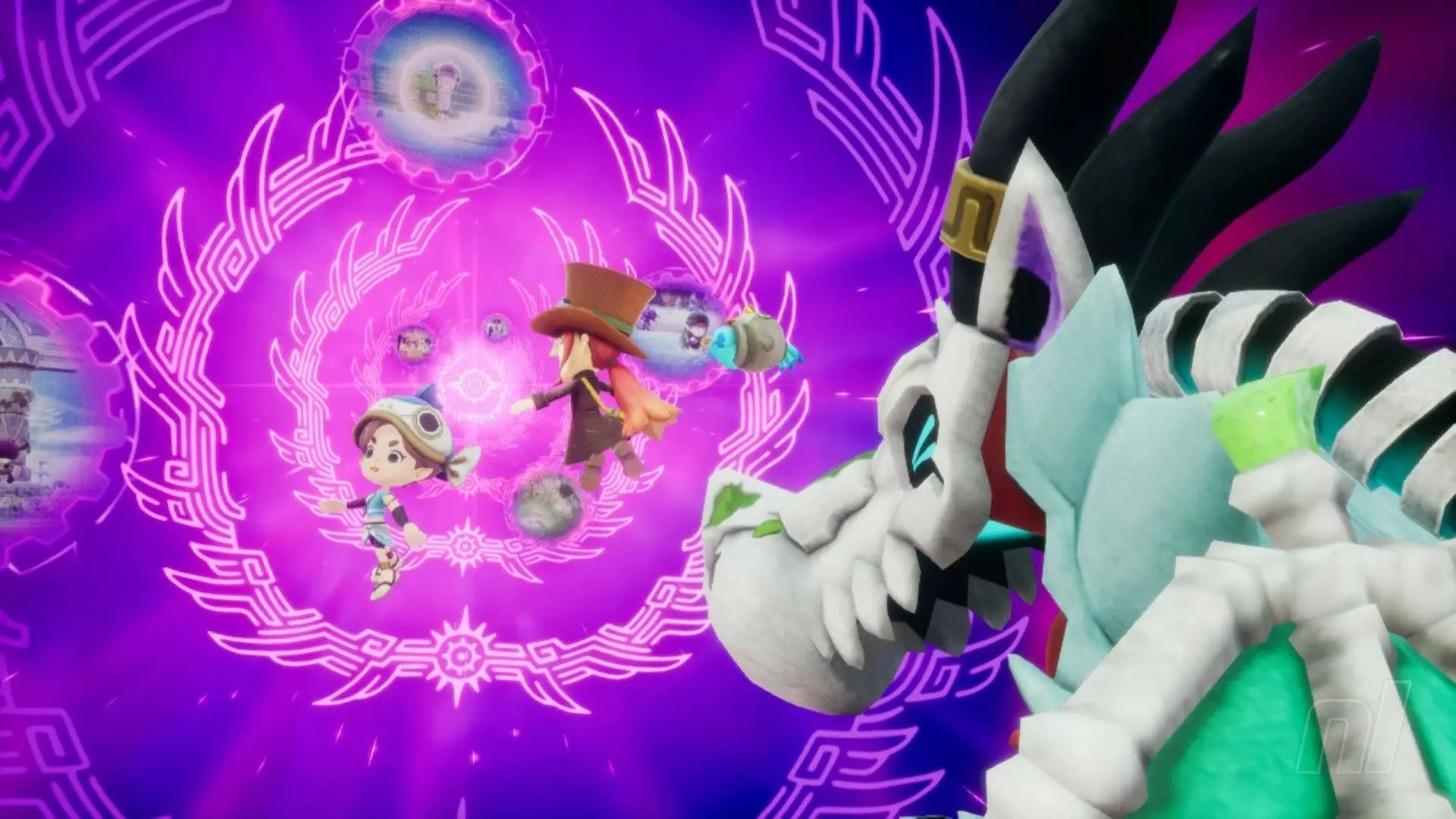In the realm of video games, success is often a product of innovation, adaptability, and risk-taking. Level-5’s recent release, *Fantasy Life i: The Girl Who Steals Time*, stands as a testament to this formula. Garnering an impressive 9/10 rating across both Nintendo Switch and Switch 2 platforms, the game’s success has not come without its stories of challenge and transformation. CEO Akihiro Hino’s reflections on the game’s development reveal a fascinating journey that not only highlights the creative prowess of the team but also emphasizes the importance of listening to player feedback and making bold changes.
The Pressure of Development and Embracing Change
During an enlightening conversation on the YouTube show *Denfaminicogamer*, Hino candidly discussed a pivotal turning point in the game’s development. Originally, the mechanics and overall feel of *Fantasy Life i* were marred by a suffocating gameplay experience. Rather than merely extending playtime, the game had fallen into the trap of creating unnecessary stress for the player. This acknowledgement is crucial; many games overlook the player’s emotional journey, prioritizing playtime over engagement. However, Hino’s willingness to pivot late in development is a refreshing reminder of the backbone of creativity—adaptability.
The decision to “practically remake” the game instead of sticking to the original design emphasizes Level-5’s commitment to delivering a superior gaming experience. By shifting from a restrictive world map to an expansive open-world environment, the team not only transformed the gameplay but also enriched the player’s experience, marrying aesthetics with mechanics.
A Leap from 2D to 3D: The Technological Marvel
Innovative thinking bore fruit as the Level-5 team unveiled a bespoke system that seamlessly transformed 2D art into 3D terrain. In an industry where deadlines and technological constraints often stifle creativity, this leap is nothing short of revolutionary. The impressive feat of constructing the open world in just two months is a glimpse into modern game development’s potential when teams are freed from traditional boundaries and allowed to think outside the box. Players can now engage in dynamic actions—chopping trees, climbing heights, and traversing a vibrant environment—with a sense of fluidity that enhances gameplay.
It’s exhilarating to witness a game that succeeded in prioritizing enjoyment over stress. Hino’s assertion that simple actions like tree-chopping “feel good and comfortable” connects with a core principle of gaming: the primary aim should be to immerse players in a rewarding experience. This recognition of user comfort and satisfaction is commendable and speaks volumes about the future direction of game design.
Lessons from the Path of Development
The journey of *Fantasy Life i* has not been without its upheavals, with prominent figures like producer Keiji Inafune departing amid challenges. Transitioning leadership roles can often destabilize development efforts, but Hino’s proactive stance showcases a valuable lesson for all creative industries: adaptability and resilience in the face of unforeseen challenges can lead to profound reinvention.
As players dive into the enchanting world of *Fantasy Life i*, the lessons learned resonate beyond this singular release, promising a new era for Level-5 and serving as a benchmark for thoughtful game design.

